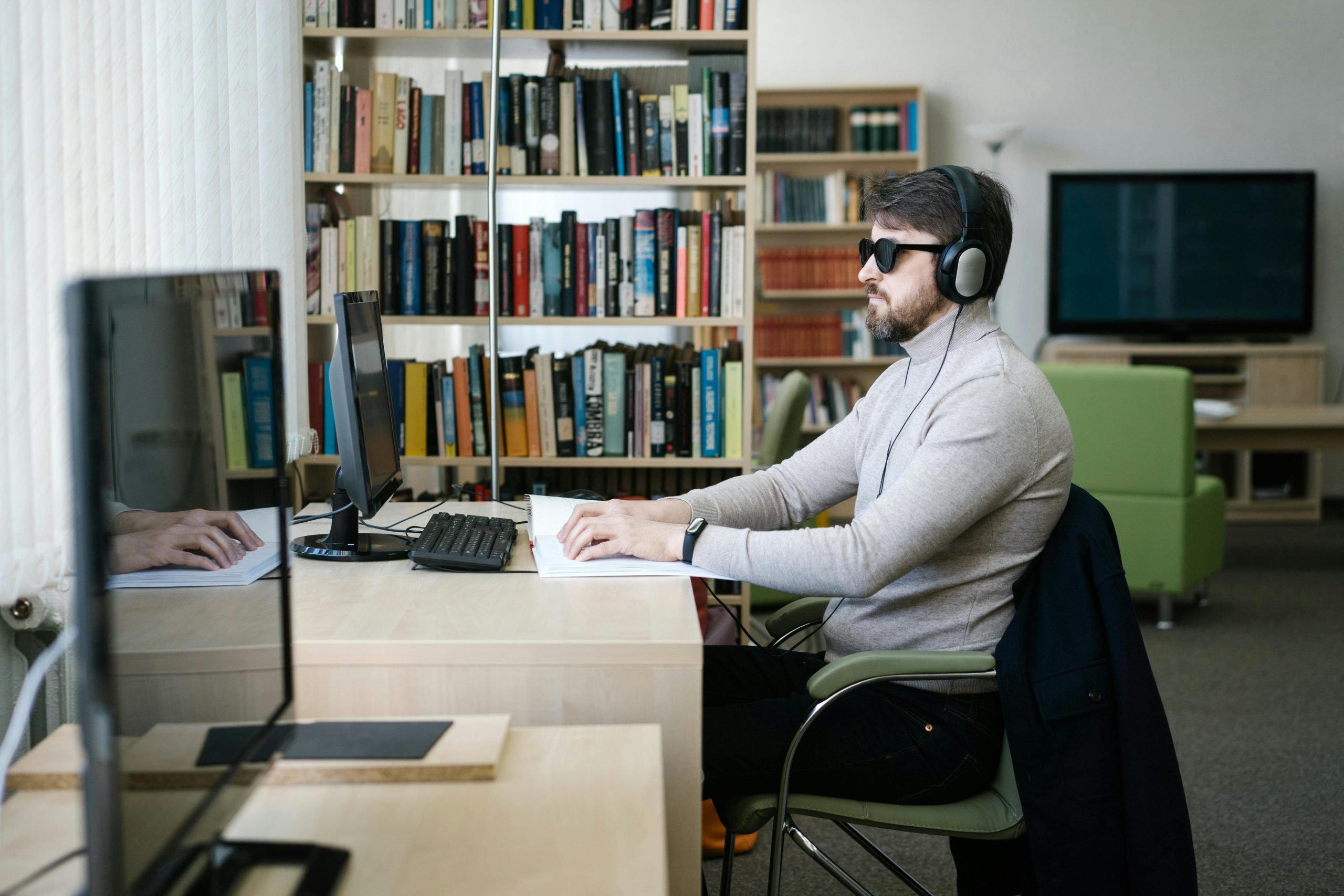Protecting Your Precious Memories: What to Do After a Virus Attack
It’s a scenario that countless users dread—a virus infiltrating your computer, wreaking havoc, and threatening important files. Recently, a friend shared her distressing experience, which serves as a cautionary tale for all of us who rely on our devices for storing precious memories.
The Incident
While browsing online, her husband inadvertently clicked on a malicious link, leading to the installation of a particularly aggressive virus. The aftermath was chaotic; the computer struggled to restart, and there were noticeable changes, such as an unusual background and suspicious activity, including a phone call from someone pretending to be a Microsoft representative. Fortunately, he had enough awareness to recognize the scam and promptly ended the call.
The Photo Dilemma
Amidst this turmoil, she faced a pressing concern: a collection of cherished photos stored on the compromised computer. Procrastination had prevented her from transferring these memories to a USB drive, and time was of the essence. After restoring the system to a point from a week prior, she hoped to safely transfer the photos before executing a factory reset on the computer.
Assessing the Risk
The key question now looms: what is the likelihood that these photos could harbor the virus? After all, viruses primarily target Software, so the images themselves are not inherently harmful. However, there’s still a risk associated with transferring files from a potentially infected system to an external drive.
While Windows Defender reported no immediate threats, it’s essential to proceed cautiously. Here are some steps she and others in similar situations can take to protect their files:
-
Use a Reliable Antivirus Program: Even if Windows Defender has not flagged anything, consider running a more comprehensive scan using a reputable antivirus Software to ensure the system is clean.
-
Backup Photos Safely: Instead of connecting a USB directly, upload photos to a cloud storage service. This adds a layer of security by preventing any direct transfer of malware to external drives.
-
Avoid Rushing the Process: Take time to verify that the computer is operating normally. Attempt to get additional help from a tech-savvy friend or a professional if you’re unsure.
-
Factory Reset with Confidence: Once the photos are successfully backed up, proceed with the factory reset. This step will wipe the computer clean and eliminate the virus entirely.
Conclusion
Cyber threats can strike unexpectedly, threatening not only your devices but also your invaluable memories.
Share this content:



